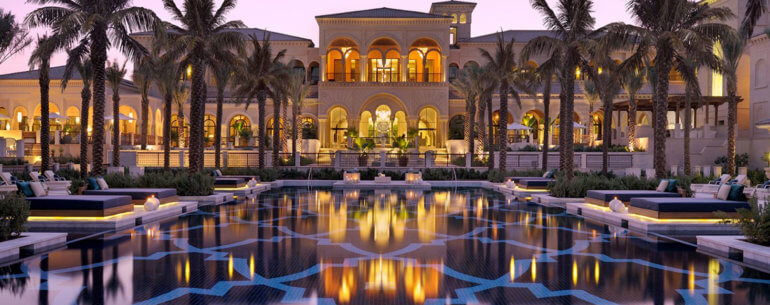There is a lot of options to choose from for a complete tour of the Canary Islands. Apart from the much popular Tenerife, the island of Lanzarote is also a preferred option when it comes to order of priority. This particular island, being the nearest to the coasts of Africa neighboring the Sahara Desert beyond it, is host to a good deal of arid climate.
Even though much of it is not developed, its beauty and sanctity lie in its natural landscape. Over centuries, volcanic activity and the flow of lava to leave rich mineral deposits have made the island fertile. The result has led to Lanzarote having most of its heritage dedicated to farming.
In order to give a tribute to its history, its culture and its heritage, the community of Lanzarote provide one main facility for all of its tourists; the Casa Museo Del Campesino, or the House & Monument to its Farmer community. Combined to function as a memorial, a restaurant, a museum as well as an artisan shop, no visitor arriving via cheap flights to Lanzarote can miss out this major landmark upon this island.
The entire facility of Casa Museo is located in the heart of the terrain, with open views of the plains stretching the entire landscape, far away from being blocked by hills. This fact, along with the oceanic drift of the Atlantic prevailing over the island, leaves the location windy for most of the time. Therefore all seating and catering services are offered inside the restaurant and the museum.
The centre of the facility is marked by a high monument of “fertility” showing a farmer riding an animal, built completely formed from disposed of tanks as a project of contemporary art. A staircase leads to this monument surrounded by elements of soil fertility, like farmer tools as well as volcanic mulch used by Lanzarote’s farmers for centuries.
Using dull white light to emit the entire dining chamber located in the basement, the restaurant gives a home to a soft environment to welcome all its visitors. It is accessed by the main spiral staircase winding down a lobby. The main entrance, the stone stairs and the walls alongside them have special species of indoor plants, which are well kept to give a natural touch. As the restaurant remains open only for lunchtime, much of its light rely on natural light pouring in from one of the glass sections of the roof on certain sides.
Meal servings rely on chef specials, and as the museum is based on representing Lanzarote, local cuisine and beverages are generally served. This includes seafood, mutton and meat with traditional herbs and spices. The dining area is in an open circular space so as to cater for multiple purposes, such as social and public events. To one side, there is also a vintage wine cellar stocked with wooden barrels of home-brewed collection.
Traditional equipment for the production of local cloth is on open display, along with being utilized for production of output within workshops. Craftsmen at the facility produce clay models for the souvenir shop, with each of the models depicting the social structure as well as the roles of different farmers for each kind of crop as well as livestock farming. Other skills on display include woven baskets and pouches from palms as well as leather.
The ambience is kept lively with local background music, which suits the brightly painted building in a shade of pure white, with only windows and doors painted dark green. Tourists who come across this landmark regard it as an unforgettable experience gained from a visit to Lanzarote, summing up its history as well as heritage altogether at one landmark.



Leave a Reply
You must be logged in to post a comment.